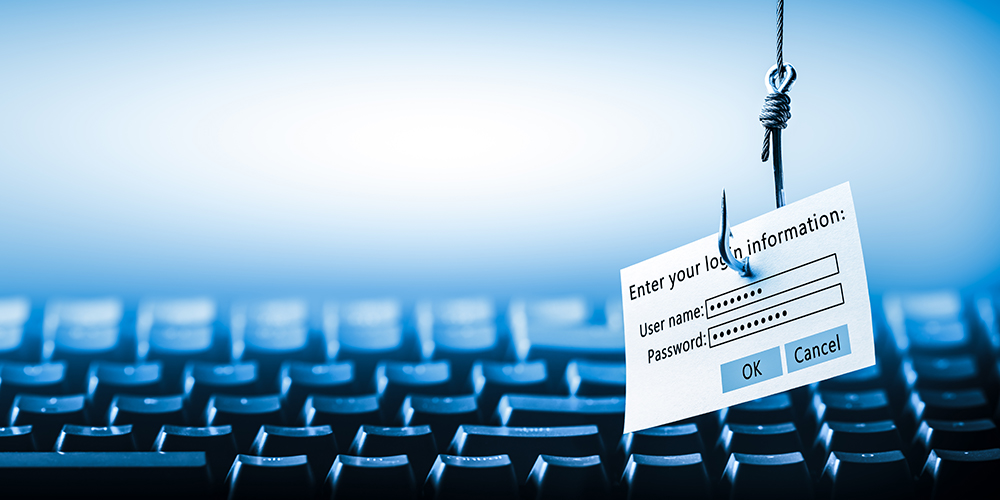
From Aware to Prepared
With an increasing number of devices connected to networks, as well as increasingly sophisticated cyber attacks, the threat landscape is incredibly broad. In 2003, the US government and various industries collaborated and created Cybersecurity Awareness Month. Each October, the spotlight falls again on keeping your system secure and being secure online. Read on to learn about becoming not just aware, but prepared, all year long.

Getting Started with A Preparedness Plan
With the recent wildfires in Maui, disaster preparedness is (or should be) once again top of mind. Aside from the physical recovery of businesses, integrity of their data (the lifeblood of the business) is at stake. Even if you think you’re prepared, you may not be. Read on to learn more about where to start in your disaster recovery planning.

Cloud Security – A Shared Responsibility
While cloud computing is now a common way to provision computing resources and outsource IT functions, security can be a (perceived) obstacle to adoption. Cloud security can be a shared responsibility, however, between the customer and provider. Read on to learn more about what to expect from a current or prospective provider, and what you can do yourself to stay secure.

How Will Your Business Use Artificial Intelligence?
Artificial Intelligence seems to be the hot topic nowadays, in the business world and the world at large. Many of us use the technology, whether we know it or not. Visitors to a website see that chat window pop up, and it seems like a real person is on the other end. Because of AI, it is often a chatbot simulating personal interaction.

The Promises and Challenges of Generative Artificial Intelligence
Artificial Intelligence (AI) has been used in some form for several years. Typical applications of AI include advanced-analytics and machine learning algorithms used to perform numerical and optimization tasks like predictive modeling. Generative AI, in contrast, has matured quickly due to enormous financial investment.

Make Cloud Work for Your Business
Cloud computing, with its many “as a service” offerings, is an option for replacing outdated on-premise infrastructure with a flexible, pay-as-you-go, Internet-based form of computing. Read on to learn about saving costs and supporting business innovation with Cloud computing

Disaster-Proof Your Business with a Business Continuity/Disaster Recovery Plan
As recent events like severe storms demonstrate, disasters will occur. But they needn’t sideline your business. Read more to find out about developing a plan to mitigate the effects of disasters on your company’s data and network.

Business Benefits and Risks of Using Artificial Intelligence
Artificial Intelligence (AI) and its applications have the potential to radically improve business processes. Like all technologies, it comes with risks, too. Read on to learn more how small to medium-size businesses can leverage AI while mitigating the potential risks of this growing technology.

Using Workers and Technology to Fight Phishing Attacks
Now that Generative AI (e.g. ChatGPT) is here, phishing attacks may increase both in number and sophistication. How do businesses protect themselves? Awareness is a good first step, but gathering data using a security information and event management system (SIEM) is even better. Read on to learn how SIEM along with education and awareness training can reinforce your company’s efforts to prevent phishing attacks and resulting malware.

ChatGPT, Generative Artificial Intelligence and the Future
Any technology brings benefits as well as possible challenges, and Generative AI (e.g. ChatGPT) is no exception. ChatGPT is a type of artificial intelligence language model (“GPT” stands for generative pre-trained transformer) that carries potential for business uses. Whatever challenges this prevents in terms of cybersecurity will become apparent. No matter what the technology, safeguards will still revolve around people, processes and technology. Read on to learn more about ChatGPT, its potential uses, and the challenges it may bring.
